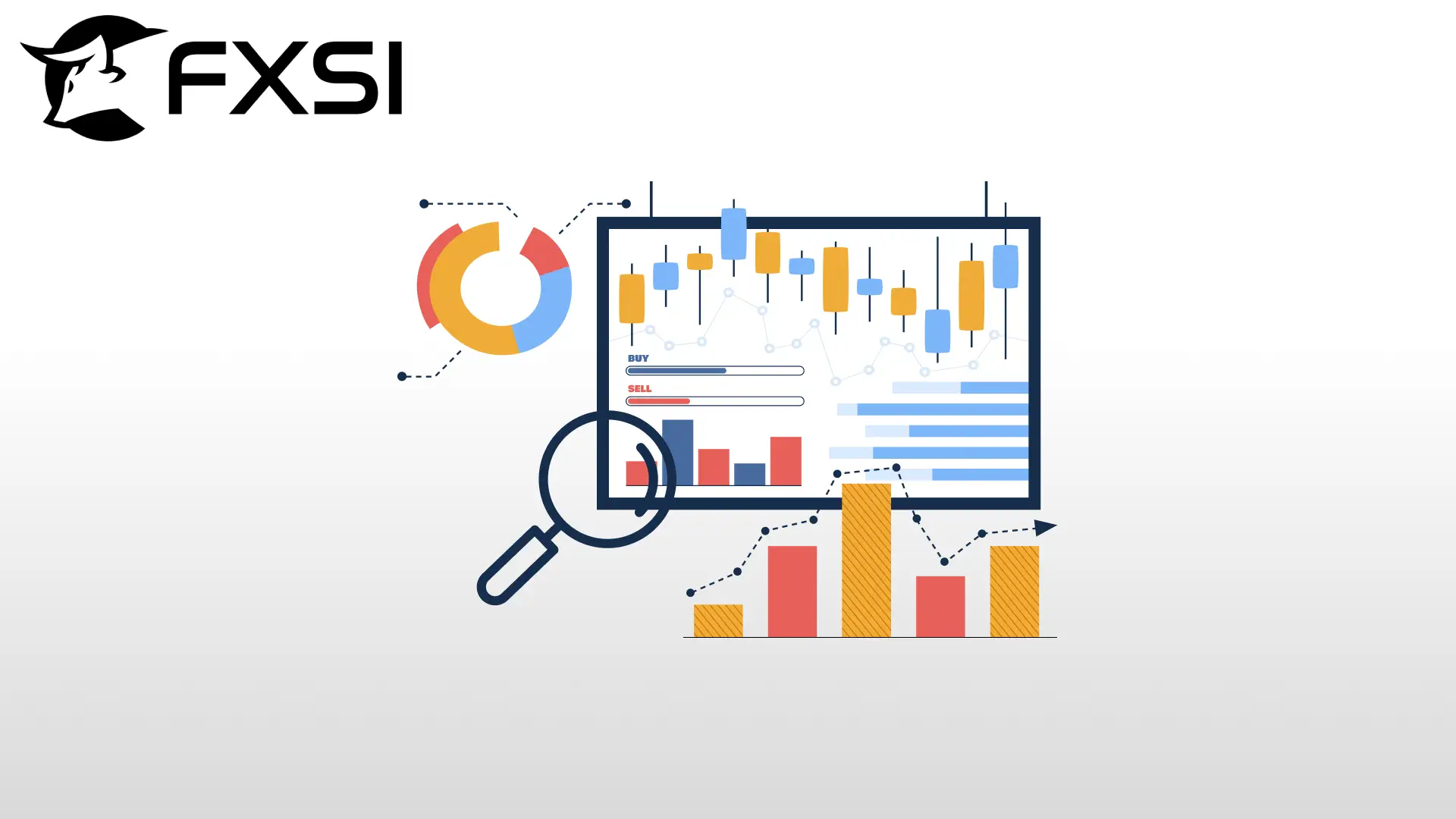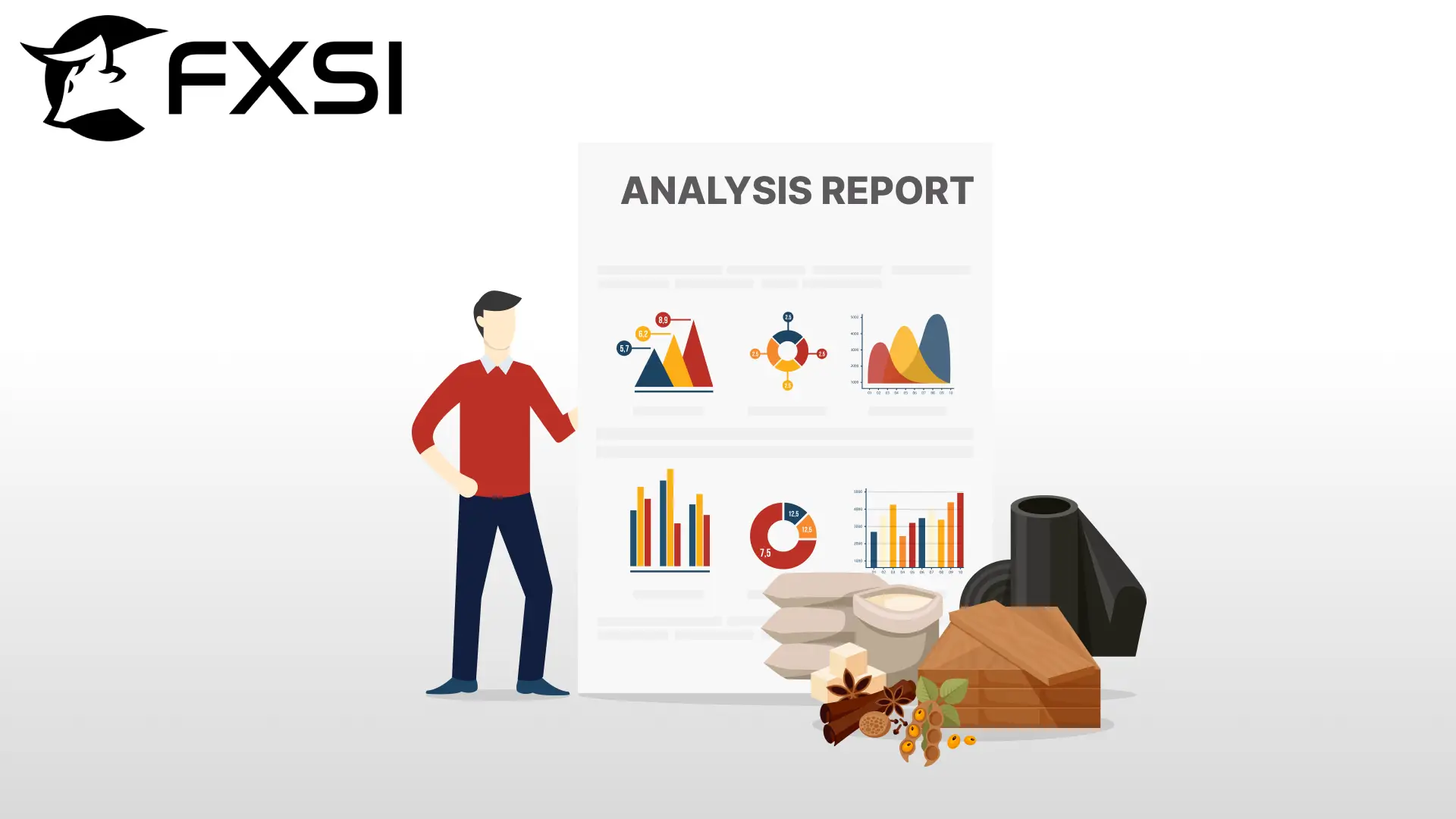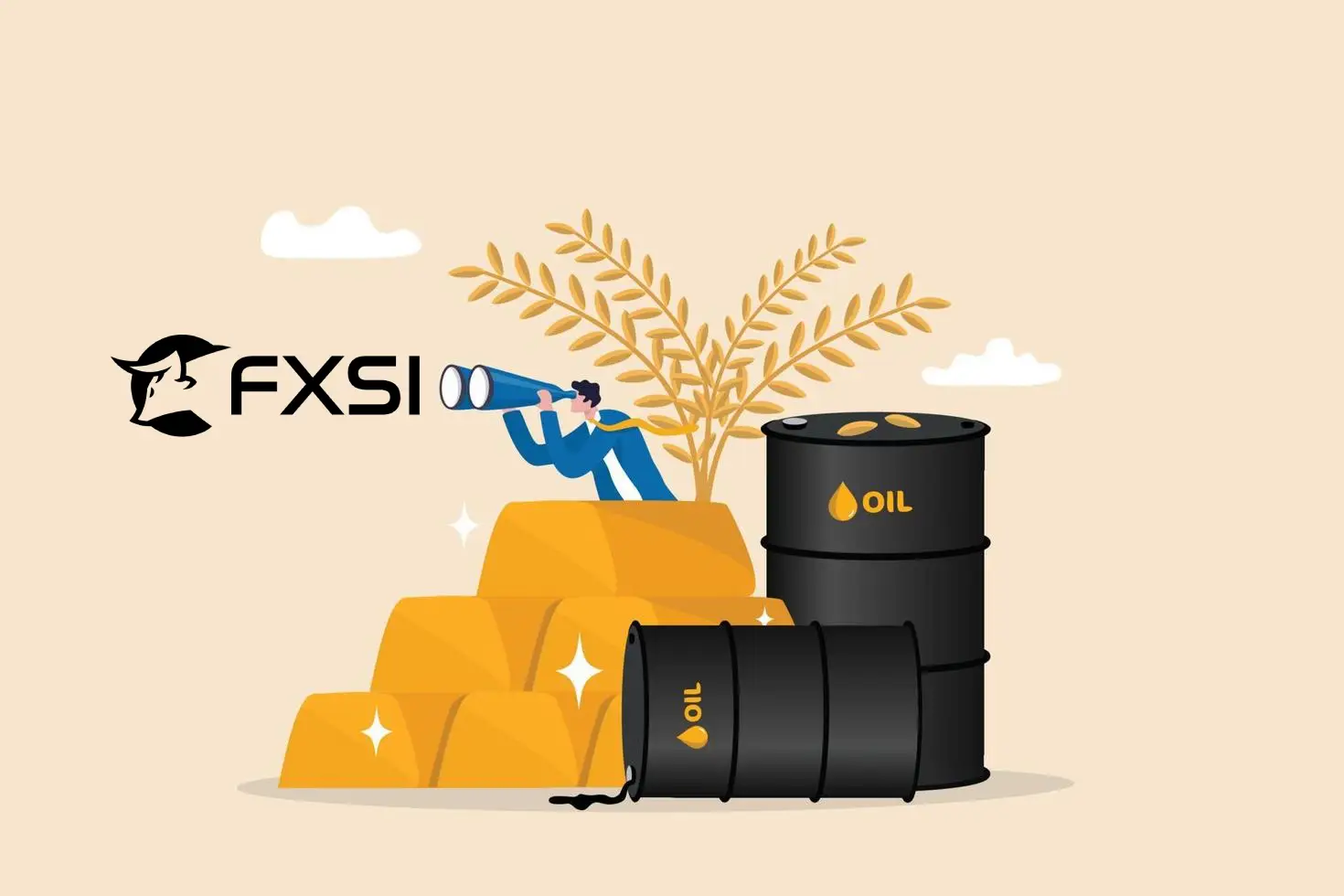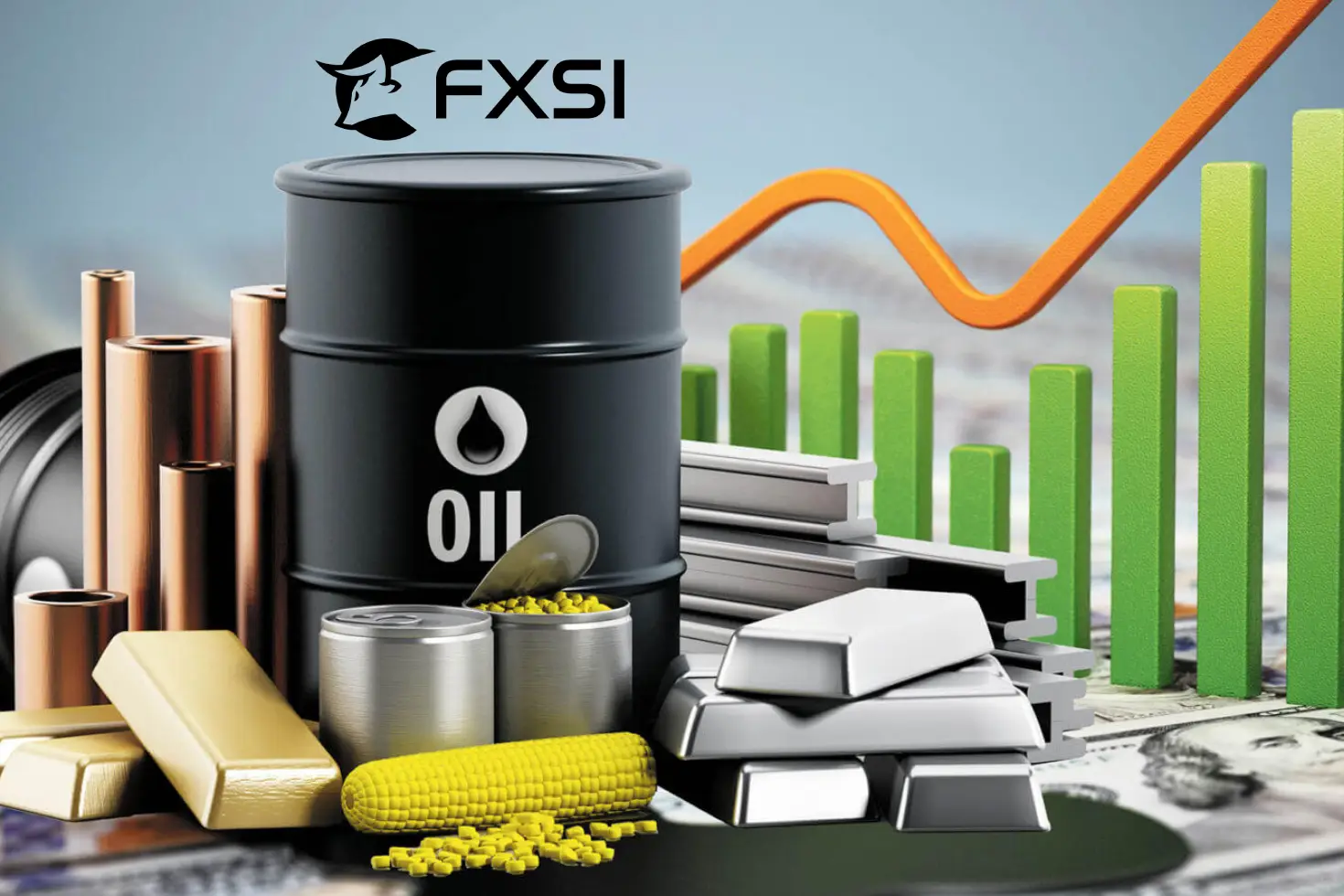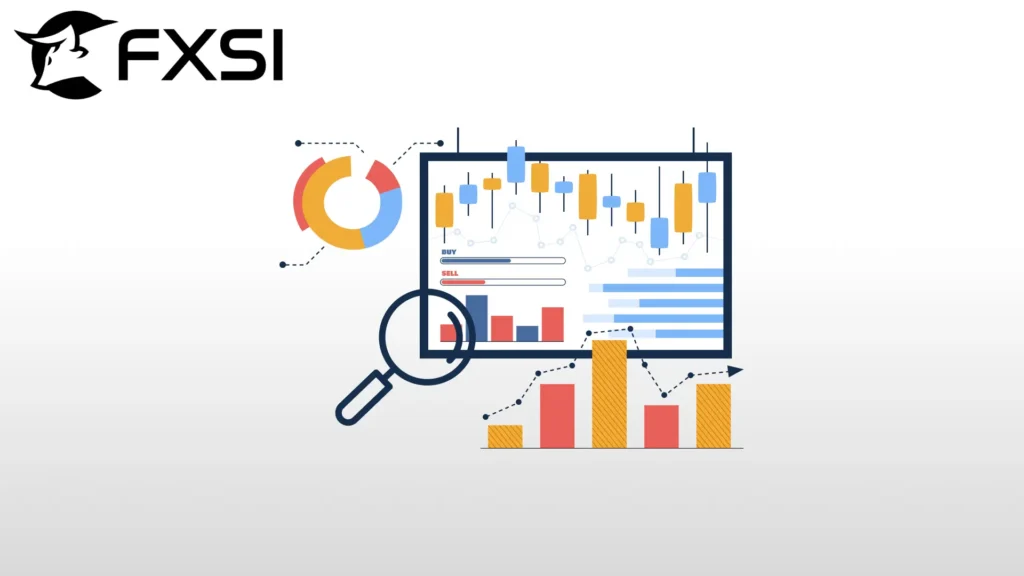If you’re searching for a thorough guide on technical analysis for commodity trading, stay until the end!
Understanding the types of analysis and more accurately technical analysis can help every trader, both new and seasoned to better refine their strategy. This guide will take a detailed look at how technical analysis impacts the commodity market and how to use it in your strategy.
Understanding Technical Indicators
Indicators contain advanced mathematics in the form of the formula, having as the input price, volume, and open interest data from the past. These indicators attempt to identify price patterns and trends in order to help traders make objective decisions. These can be classified into five groups: trend indicators, momentum indicators, volume indicators, volatility indicators, and market sentiment indicators.
Traders can create a robust strategy with the help of several indicators that ensure a better chance of succeeding in the intricate world of commodity trading. Let us look into some of the essential indicators in computer analysis and their use.
Indicators of a Trend
Indicators that signal a change in market sentiment can assist traders with knowing where the price for a specific commodity is headed. These indicators are particularly useful for making decisions on when to open or close trades in long-term periods.
Moving Averages
Moving averages are perhaps one of the best-known trend indicators and one of the simplest to calculate. They reduce the volatility a commodity price exhibits for a certain time frame. Moving averages that are most widely used revolve around:
- Simple Moving Average (SMA): Each price in the dataset for analysis is weighted equally.
- Exponential Moving Average (EMA): The value of the previous moving average is multiplied by a coefficient to amplify its value. This allows quicker adjustments to market fluctuations in comparison to the simple moving average.
An average price moving up implies an uptrend and the opposite signals a downtrend.
Moving Average Convergence Divergence (MACD)
This refers to a trend indicator that is based on momentum MACD is momentum-based because of its reliance on an underlying price movement, calculated from moving averages. It incorporates a bullish signal, which emerges when the MACD indicator crosses above the moving average signal line, and a bearish signal, which is created when the MACD line crosses below the signal line.
Momentum Indicators
Understanding the technical analysis in commodity trading requires a decent knowledge of momentum indicators. Such an indicator highlights the rate at which a commodity is spending changing. These indicators are useful to help traders establish whether a commodity is on an upward, downward, or sideways trend, and to assess if the commodity needs correcting.
Relative Strength Index (RSI)
RSI is a popular momentum indicator measuring the level of price action in the market. It has a range of 0 to 100 as follows:
- Above 70 – A commodity trading at this level is considered to be overpriced and will most likely normalize.
- Below 30 – A commodity trading below this level is oversold and likely to rally upwards.
Stochastic Oscillator
The stochastic oscillator measures a commodity’s closing price relative to its price range for a specific time period. Its range moves from 0 – 100 where above 80 indicates overbuying while below 20 shows overselling.
Volume Indicators
Volume indicators look at the number of contracts that were traded to measure the strength in the market. A market price movement with an associated higher volume is usually more important than the decrease associated with a lower volume.
On-Balance Volume (OBV)
OBV determines the buying and selling volume by adding the volume on days the price increased and deducting the volume when the price dropped. Increasing OBV indicates increasing buying volume while decreasing volume indicates increasing selling.
Accumulation/Distribution Line
This indicator explains if a commodity is being accumulated (bought) or distributed (sold). It is helpful to confirm the trends or potential reversal of those trends by analyzing the price in relation to the volume.
Note: Most volume indicators can also be referred to in a commodity trading chart analysis to achieve a better view of the price movements.
Volatility Indicators
Volatility prices indicate the price deflation or fluctuation and help traders determine the risk in the towered the currency block the market.
Bollinger Bands
The Bollinger bands tools indicator consists of three lines; one line is a simple moving average which is the middle band and two other lines up and down the first are standard deviation bands. If the price is around the upper band, it means that the asset is overpriced. If the price is around the lower band, then the asset is underpriced.
Average True Range (ATR)
ATR indicates how volatile a given market is by assessing the difference between the highest and lowest prices within a specific period of time. According to ATR value: high price – low price movements can become a signal indicator that is bought or joined and doesn’t join the market.
Market Sentiment in Technical Analysis for Commodity Trading
The market sentiment indicator captures the general feelings of traders towards a given commodity. These tools help traders decide if the market is in a growing phase or weakening.
Commitment of Traders (COT) Report
Speculative and commercial traders have different market positions. The COT report presents data for each type of market player. An increase in commercial traders respecting long positions can suggest a bullish trend while an increase in short positions means a negative trend.
Put/Call Ratio
The put/call ratio gauges how pessimistic or optimistic traders are by contrasting the number of puts (bets on price masking) with calls (bets on price rising). Bearish sentiment results in a high put/call ratio, while bullish sentiment results in a low ratio.
Combining Technical Indicators
Single indicators can be helpful, but a combination of them can focus trades in a more accurate manner. To confirm market trends, traders often use moving averages along with RSI as it is a trend-following indicator, and volume and volatility indicators aid in validating breakout or reversal signals as well.
Tip: Learn how to become from novice to professional commodity trader!
Risk Management in Commodity Trading
The market volatility in commodity trading poses a major risk. Strong risk management helps limit the amount of loss one can incur without an effective strategy.
Now, here are some tips for risk management:
Stop-Loss Orders
Stop-loss orders let traders set a limit that, if met, will help limit loss in the case the market moves counterproductive to the trade.
Position Sizing
Based on the risk involved, traders should have predefined limits on how much capital they can allocate. By employing appropriate position sizing methods, one can decrease financial risk.
Diversification
By diversifying commodities, exposure can be spread across different markets rather than depending on one asset thus reducing overall risk.
Advice For Implementing Technical Indicators
Use Multiple Indicators– Solely depending on one indicator may render erroneous results. The market analysis is found to be more effective when multiple indicators are integrated.
- Take into Account Market Contexts– Some indicators perform better in a trending market and some are more useful in a ranged market.
- Choose The Appropriate Timeframes– Lower time frames are more effective for short-term traders and higher time frames should be used for long-term investors to analyze.
- Do Not Over-Optimize– Over-adjusting the indicator settings may help in backtests, but the real-life results will be dire.
Final Thoughts:
This was the complete guide for technical analysis for commodity trading. By learning and applying trend, momentum, volume, volatility, and market sentiment indicators, traders have greater chances to develop efficient trading strategies and improve profitability. Traders will be able to understand the intricacies of the commodity markets with discipline and be successful over time.
